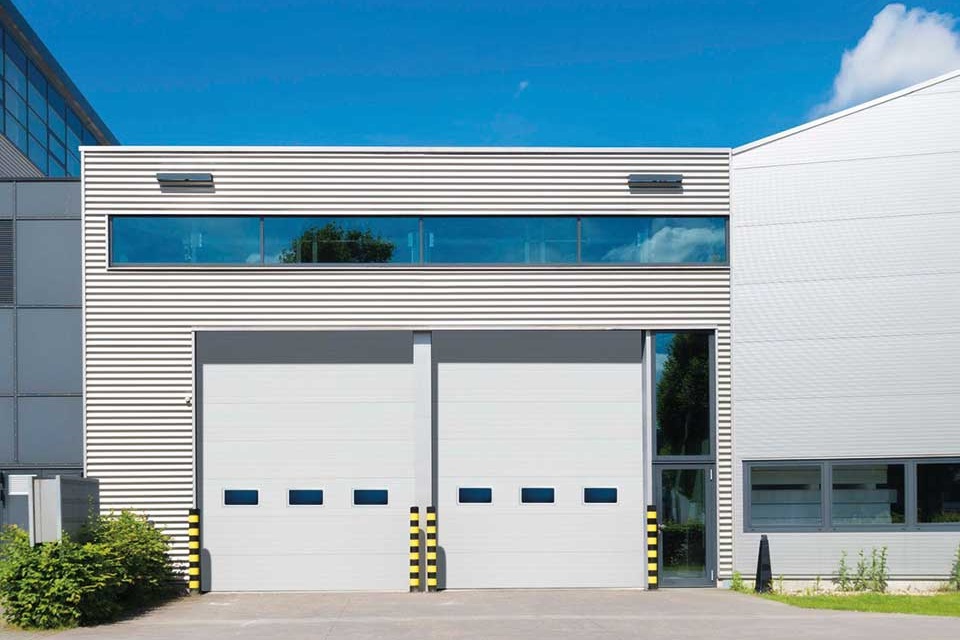Frequent use can pressure commercial garage doors, requiring regular maintenance and repair.
Torsion springs are a vital part of your garage door system that help counterbalance the weight of your door. These springs are designed to withstand up to 50,000 cycles but will eventually wear out and need replacing.
Table of Contents
Broken Cables
Broken cables are a significant issue that can ruin your garage door system. You can’t do this alone; you need to call a professional garage door repair service.
Cables work with the drums and springs to lift your door and help it open and close. If one breaks, it will cause the door to lift unevenly and put additional stress on other system components.
Retaining cables/safety cables run vertically down each side of the garage door and connect to the extension springs. These cables are essential for protecting the springs from coming off the pulleys and causing damage.
Damaged Panels
Garage doors are composed of a series of panels; when one panel is damaged, it can cause problems with the entire door system. It can lead to misaligned tracks, worn-out springs and other parts that affect the function of your commercial garage door.
If the damage is minor and your door is less than ten years old, you may be able to repair it without replacing it altogether. However, replacement may be your best option if the damage is extensive. To learn more about commercial garage doors, visit https://coastalgaragedoors.com.
Garage door panels can be dented from errant baseballs, shattered by vehicles or rusted by harsh weather. They can also suffer from color fading and cracking from heavy exposure to moisture.
Misaligned Tracks
Misaligned garage door tracks are a common issue that can be a significant safety hazard for commercial doors. If left untreated, a misaligned track can cause your door to malfunction and even break.
To determine whether or not your tracks are misaligned, listen to how they sound when you open and close the garage door. If you hear a rubbing or grinding sound, that could indicate a misalignment issue.
Loosen the bolts that secure each track to its lower track bracket to fix a misaligned track. Then, gently shift each track until there is a gap. of 25 between the lower track bracket and the stop molding. This gap should be uniform on both sides of the way. Next, tighten the bolts again using a wrench.
Water Leakage
If water leaks in your garage, it can cause severe damage to your property. It can also encourage mold growth, which can cause health issues.
A rubber seal that extends along the bottom of a garage door helps to keep rain, melted snow and wind-driven debris out. It weakens over time, however, and bugs and other pests can get inside through a weakened seal.
Adding metal flashing to every exposed door edge will also be a more effective defense against vermin. A worn-out bottom threshold also needs replacing to prevent critters from squeezing beneath it.
Faulty Remote Control
A faulty remote can be frustrating, but there are simple solutions. First of all, make sure your remote has fresh batteries.
Next, push the button on your remote control and see if the door opens or closes properly. If it doesn’t, there may be another issue.
This can be a broken button, corroded battery terminals or a cracked circuit board that needs to be replaced.
Fixing a faulty garage door remote is relatively straightforward and affordable. However, if it’s not working or hasn’t been set for some time, it might be time to replace the unit altogether.



